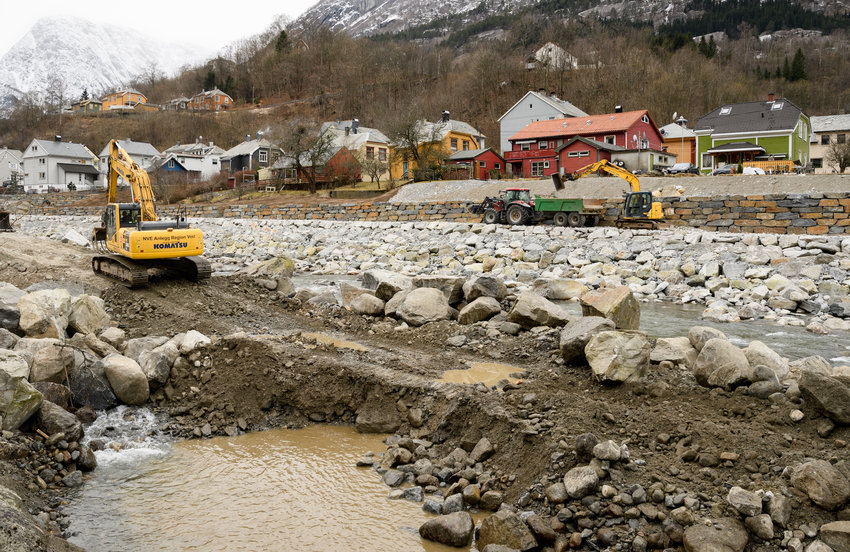In his doctoral thesis at the University of Bergen, Edson Silva developed methods to estimate and forecast harmful algal blooms (HAB). His research has focused on the Norwegian coastline and the Nordic seas, but the methods can also be adapted to other areas globally.

Algae forms the basis for much of marine life. It serves as food for zooplankton, which, in turn, are consumed by fish. When aquatic environments experience rapid changes, like an increase in nutrients or light, single-cell algae can quickly multiply, leading to a bloom. Harmful algae blooms (HABs) can harm the environment, human health, and shellfish farms, causing economic losses. They may result in the death of farmed seafood and extended closure periods for aquaculture farms to prevent human poisoning.
Certain algae species produce toxins that can be harmful, especially when concentrations are high during blooms. HABs, particularly those associated with shellfish consumption, can pose risks as filter-feeding organisms like mussels can accumulate toxins when filtering water with a high abundance of toxic algae. For this reason, chlorophyll-a concentration, cell abundance of toxic species, and toxins are constantly monitored in coastal waters. Even though such monitoring helps prevent human poisoning incidents with some degree of success, the economic impact on aquaculture farms continues to be significant. Prediction models for HABs are helpful for stakeholders to take preventive actions and reduce economic impact.
Silva’s thesis uses machine learning to predict toxic algae affecting Norwegian shellfish farms by combining data from the Norwegian Food Safety Authority with satellite observations and model reanalysis data. The study shows that environmental factors like sea surface temperature, mixed layer depth, suspended particulate matter, and winds are related to the intensity of blooms in the North, Norwegian, and Barents Seas.
One of his papers describe a Support Vector Machine (SVM) model that estimates the presence probability of eight toxic algae using various environmental variables. The model can also estimate the probability of harmful levels for specific algae species.
As described in another paper, the SVM model was extended to forecast the abundance of a toxic algae species (Dinophysis acuminata) in a sub-seasonal range. These models offer complementary approaches – one applicable to the entire coast and the other fine-tuned for specific aquaculture farms. The portability of SVM models makes them suitable for other regions with available harmful algae monitoring data.
Edson Silva is a researcher at NERSC and is also involved in Climate Futures-projects.
Papers:
- Edson Silva, François Counillon, Julien Brajard, Anton Korosov, Lasse H. Pettersson, Annette Samuelsen, Noel Keenlyside, (2021) Twenty-One Years of Phytoplankton Bloom Phenology in the Barents, Norwegian, and North Seas, Frontiers in Marine Science 8
- Edson Silva, Julien Brajard, François Counillon, Lasse H. Pettersson, Lars Naustvoll, (2023) Probabilistic Models for Harmful Algae: Application to the Norwegian Coast, (In review, Environmental Data Science, July 2023)
- Edson Silva, François Counillon, Julien Brajard, Lasse H. Pettersson, Lars Naustvoll, (2023) Forecasting Harmful Algae Blooms: Application to Dinophysis acuminata in Northern Norway, Harmful Algae 126

